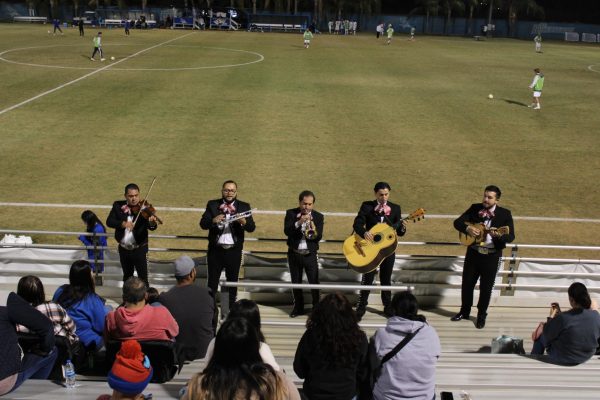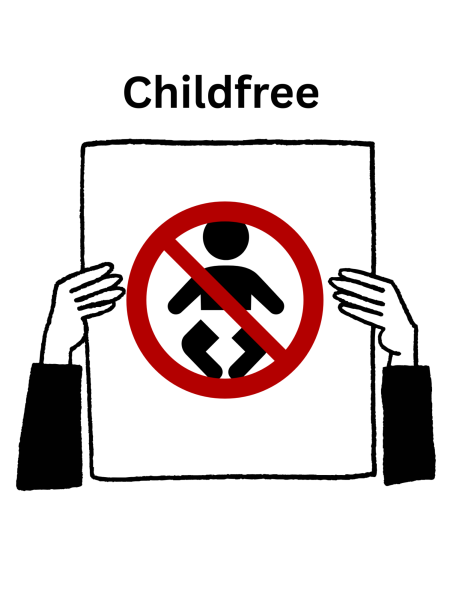Ongoing homelessness crisis in Kern County
On Nov. 21, 2019 California State University, Bakersfield held the Homeless in Bakersfield: A Community Conversation inside the Dezember Reading Room.
December 4, 2019
A recent report by the Kern County Homeless Collaborative showed that the homeless population in the county has increased by 50% since last year.
Being homeless is defined by the Oxford Dictionary as “(of a person) without a home, and therefore typically living on the streets.”
According to Shawn Morrissey, the director of Advocacy and Community Engagement for Union Station Homeless Services based in Pasadena, CA, everyone he has talked to wants a home. Not everyone wants to live on the streets. They want a safe and comfortable place to rest and have their own place to put their things.
CSU Bakersfield held a panel discussion, “Homeless in Bakersfield: A Community Conversation,” on November 21 to talk about the ongoing crisis of homelessness in Kern County. The three speakers on the panel were Louis Gill, executive director of the Bakersfield Homeless Shelter, Dorothy Edwards, enrichment services coordinator for Housing Works of California, and Shawn Morrissey. The event began at 6 p.m. in the Dezember Room of the Walter Stiern Library.
The panel was moderated by Chris Ballard, the director of compliance in the CSUB athletics department, and was hosted by the Kegley Institute of Ethics. The event consisted of an introduction of the speakers, 15 minutes for each speaker, and a question and answer session for the audience.
The panel started with Ballard introducing the panelists and each one giving a brief speech. Each panelist had a story to tell to bring awareness to the homeless population crisis.
The panelists explained that they want to show that the homeless population is not filled with dangerous people. It is filled with people who need help. To provide that help, the county relies on the Housing First model. According to the definition by the National Alliance to End Homelessness, the Housing First model is a “homeless assistance approach that prioritizes providing permanent housing to people experiencing homelessness, thus ending their homelessness and serving as a platform from which they can pursue personal goals and improve their quality of life.”
This is a model that has helped countless homeless individuals secure homes for themselves and improve their quality of life. Dorothy Edwards is an example, as she shares her story about her life as a homeless person, and how things had changed when Morrissey helped her find a home.
“I just wanted someone to help me,” Edwards said.
Gloria A. Johnson, a CSUB alumna, recently began her own housing project where she hopes to create various housing units for the homeless population.
“My goal is to create affordable permanent housing at a lower price,” Johnson states.
Johnson has numerous projects in the works as she strives to end homelessness in any way she can. This is a great boon for the homeless community, for even though there is a large amount of resources available, they are not unlimited. The various centers try to help as many people as they can, but they don’t always have the funding available. Too many people go without the help they need because there are not enough resources.
“There is a solution to the homeless crisis. Just give them homes,” Gill said.







